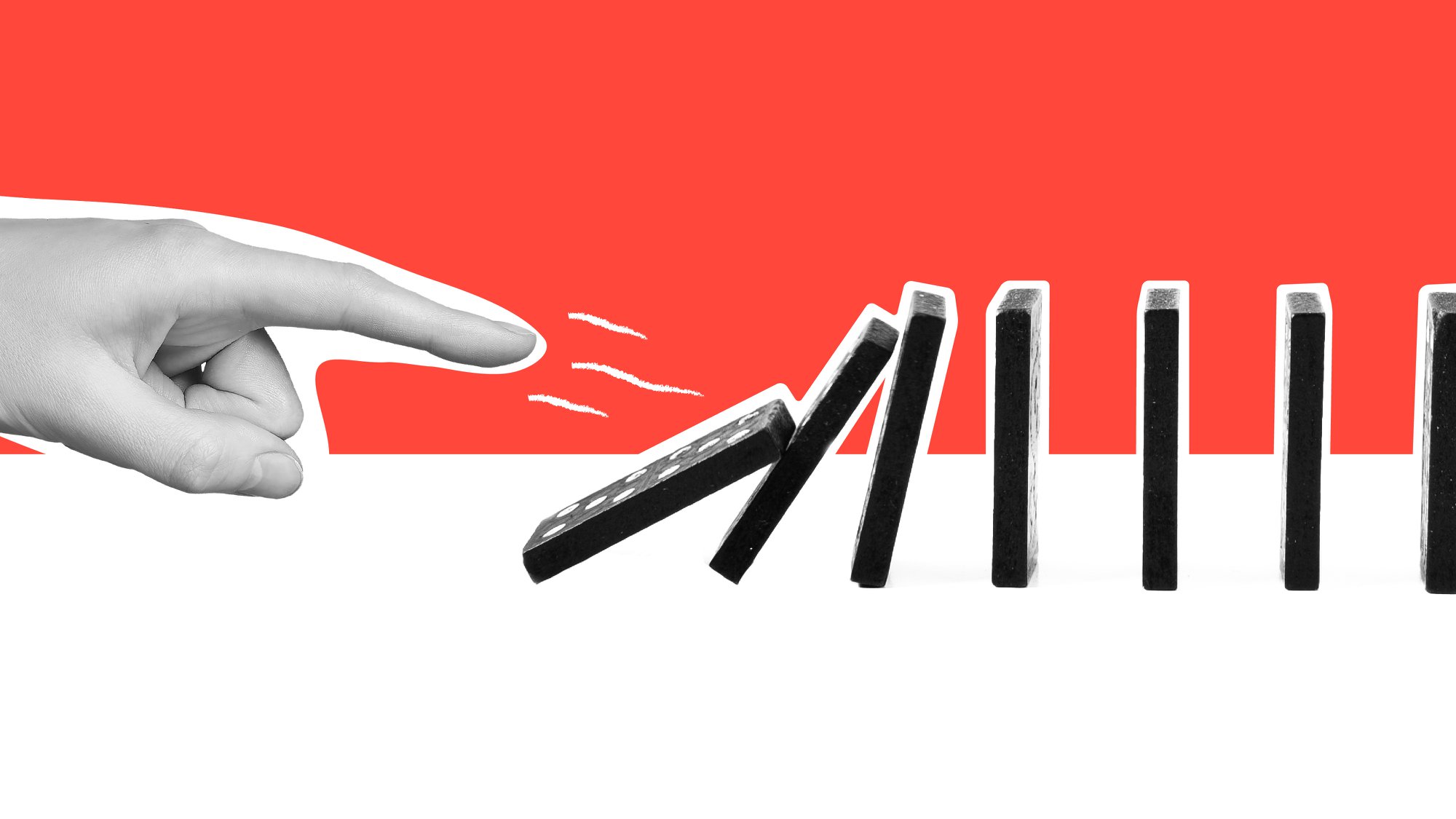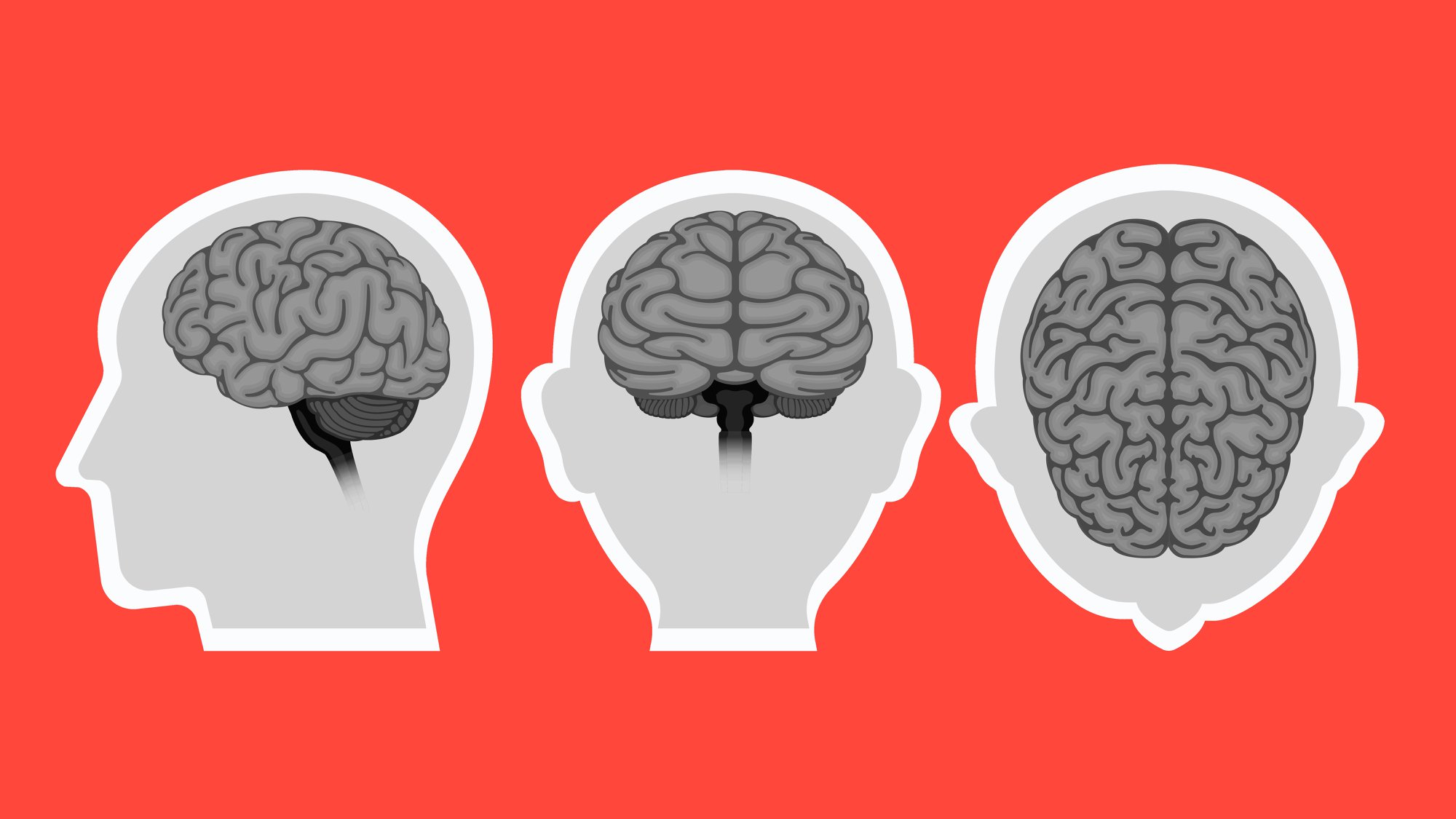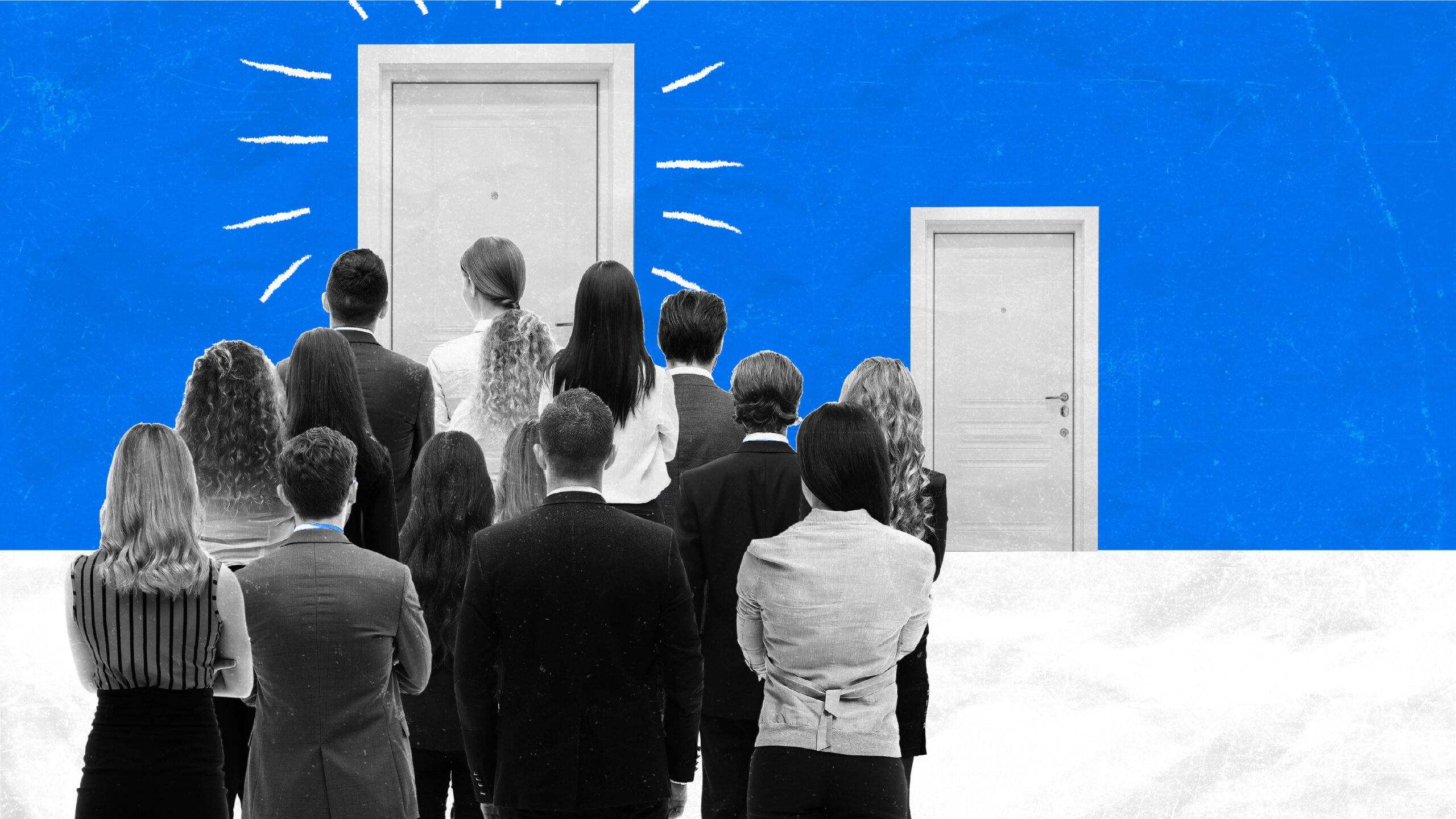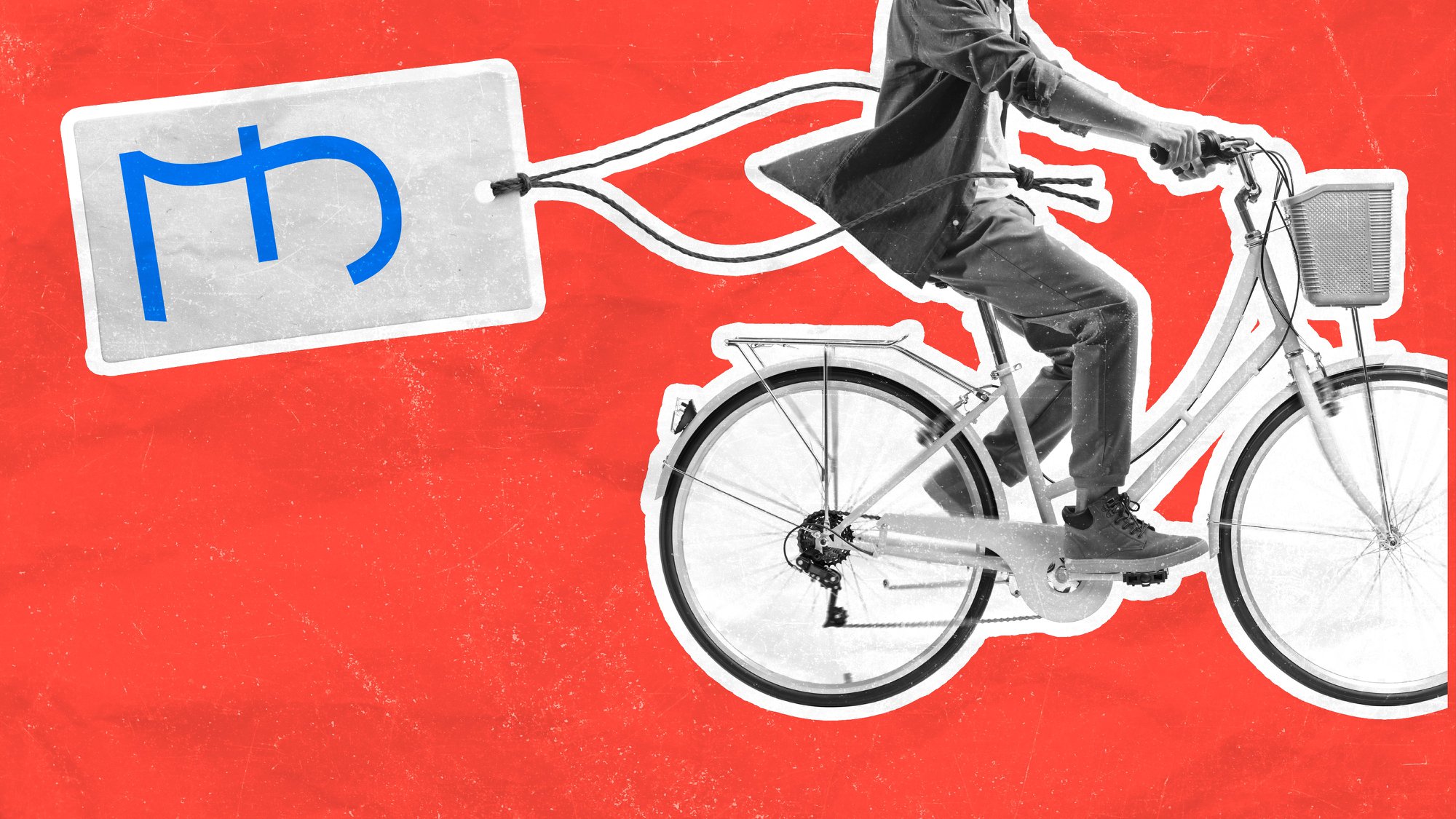Wink, Nudge, Sledgehammer

We can probably all recall a time in which we’ve witnessed someone, including ourselves, either struggling to do something they want to do or doing something which is negatively impacting others. This could be as innocuous as a partner failing to put their socks in the laundry basket, or someone struggling to implement a new year’s resolution (remember those anybody?! 😊)
In such instances, we’ll typically have a choice for how we might attain that desired action. At one end of the spectrum, we could take a sledgehammer to the situation and insist on the behaviour, with punishment frequently used as a deterrent. This comes with multiple issues, not least an erosion in your relationship with that person (which can also include yourself). At the other end of the spectrum, we might offer the lightest of suggestions – a proverbial wink – with the hope that nothing further is required. Yet all too often, it is…
In between these two bookends of the wink and the sledgehammer are a range of options which can be used to help someone change their behaviour. Enter the nudge.
First and foremost, it merits clarifying what a nudge is. The behavioural economists Cass Sunstein & Richard Thaler (who popularised the term) describe it as:
… any aspect of the choice architecture that alters people’s behaviour in a predictable way without forbidding any options or significantly changing their economic incentives. Nudges are not mandates. Putting the fruit at eye level counts as a nudge. Banning junk food does not.
In most cases, nudging is about helping people to reach their goals. It is not about convincing someone to do something they didn’t want to do. That said, there are also occasions when we might want to nudge someone for the common good. For example, people might not want to split out their recycling, but it has a positive impact on the environment if they do so and so it merits exploring ways to nudge more of this behaviour. There is even a government-based nudge unit – The Behavioural Insights Team – which uses nudges to improve outcomes across a wide range of policy areas.
Consequently, it can help to consider nudges as a way of closing the intention-action gap (the gap between what we want to do and what we actually do). This gap exists for a variety of different reasons. In some instances, it is because we simply don’t have the physical resources – I can’t fulfil my desire to bike to work without having access to a bike. In other instances, however, we have the resources and the motivation, but still fall short.
Behavioural economists and social psychologists have explored the reasons why we fall short of our intentions. Below, I’ll share five of the key reasons, and reference the kind of nudges which can be used to help.
1) Cognitive Load
People have too much going on inside their head and not enough capacity to consciously decide what they actually want to do. You might recognise this when people look distracted, busy, confused, or overwhelmed.
- When looking to nudge for the desired behaviour while battling cognitive overload, the most helpful thing would be to facilitate it. This could mean simplifying the choices someone has to make, changing the default settings, re-structuring the environment to make things easier. Essentially doing anything to help the person not need to think about doing the desired thing. Techniques which make people think more are less likely to succeed in such instances.
2) Social Norms
Other people are behaving in a certain way, which makes us more likely to mimic that behaviour. You’ll recognise this when you see people acting in groups or conforming to their environment – football fans hurling abuse at the referee on a Saturday for instance.
- When dealing with social norms, encouragement can be a viable nudge. This could take the form of commitment devices, setting goals and providing feedback, sending reminders, or even establishing alternative forms of social proof.
3) Overconfidence
This is when we overestimate our own experience and ability compared to others. You might see it when people are resistant to feedback, or they make unrealistic plans based on this overconfidence. You’ll see it quite commonly, particularly in any kind of research, as this famous experiment showed, with 80% of people believing they were better than average drivers.
- Nudges which reframe the situation are generally quite good options in such instances of overconfidence. This could include bringing the overconfidence to conscious attention, using loss-aversion to dampen down excessive ambition, or focusing on the future so that the gap between the present state (now) and the future is more concrete.
4) Loss Aversion
This is the phenomenon which describes our increased sensitivity to what we might lose versus what we might gain. You might well recognise this as resistance to change, or when people are overly attached to how things currently are.
- The most effective type of nudges will be those which either reframe the choice (away from loss), or alternatively use incentives to consciously override the inherent fear systems.
5) Present Bias
This is our natural favouritism towards the here and now. And, unfortunately, what we want in this immediate moment and what we want in the future are not always aligned! I experience this chasm every time I walk past a chocolate shop – the future oriented version of me is trying to consume less sugar. The here and now version conjures immediate associations of pleasure, reward and indulgence. More often than not, the present wins (anything over 70% from Hotel Chocolat if you’re taking orders…)
- Overcoming the present bias will most frequently come in the form of facilitation (making the easy option aligned with your future/desired state). This could mean trying to avoid walking past Hotel Chocolat on my lunchbreak for example. However, reframing the choice can also work, as can appropriately designed encouragement and incentives.
At The Team, nudges form part of our toolkit throughout our brand activation and employee experience offers, or wherever we’re we’re working on behaviour change. By identifying the biases and non-physical obstacles which prevent people from doing their desired behaviour, we can design more effective solutions, be they UX, communications or employee experiences.
And best of all – no awkward wink. And no unnecessary sledgehammer.
—–
The Team have been in the business of creating brands and design experiences that drive positive change for 40 years. Specialising in brand strategy, employee engagement and brand activation, we are a blend of consultants, strategists, and designers who connect people to brands to drive business success.
Using insight, behavioural science and our unique approach to brand, we work with you to create trust with the people that matter most.





